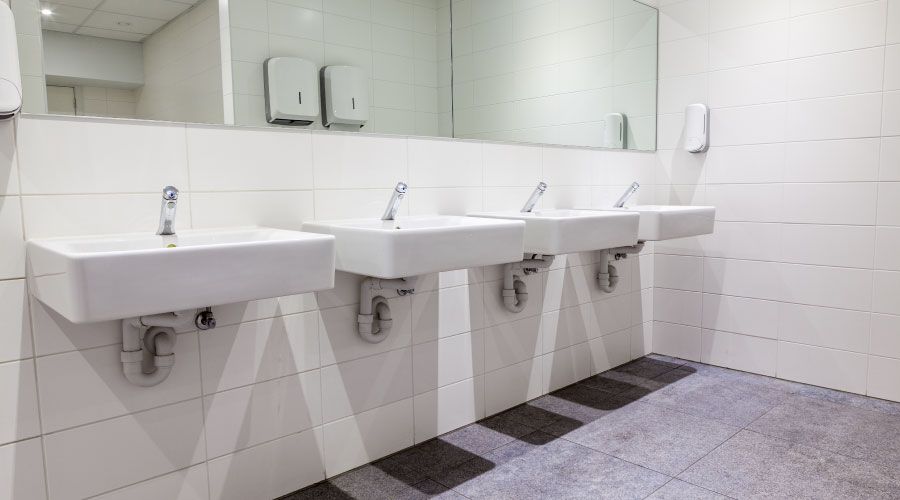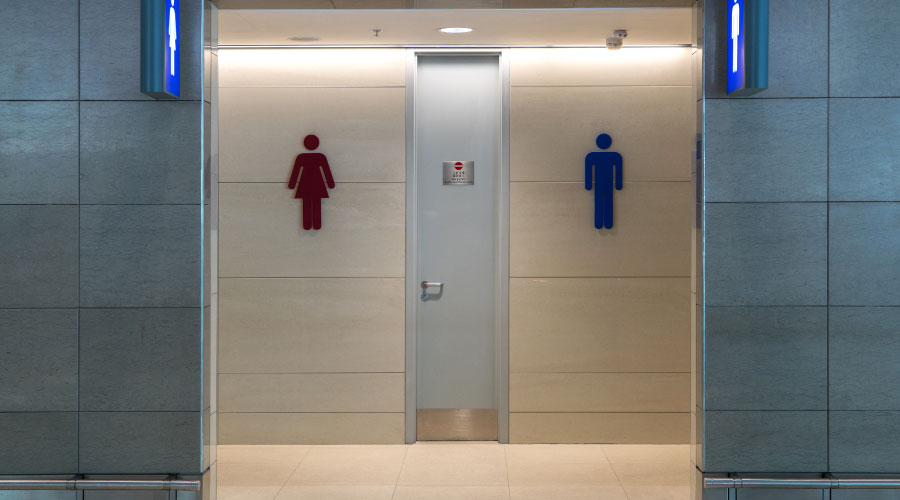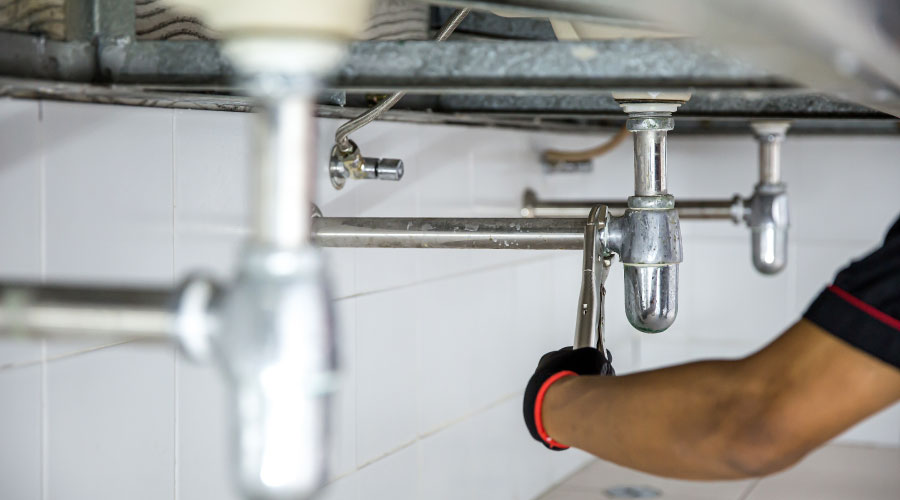When is the Best Time to Install Touchless Controls?
It is important that managers carefully plan the move to touchless restroom technology, particularly in larger facilities involving a large number of fixtures. In general, it is most cost-effective to upgrade high-use facilities first. These locations will produce the greatest savings in both water use and reduced maintenance requirements.
Several exceptions to this rule exist. For example, the best time to upgrade all fixtures and dispensers to touchless controls is when a restroom already is scheduled for a general renovation. Similarly, if the fixtures and dispensers in a particular restroom have been a maintenance headache, managers should consider upgrading these areas first.
For water closets and urinals, managers need to identify the model number and type of control currently installed. Many touchless controls for these fixtures are made as direct replacements for some existing controls. Matching the replacement unit to the one already installed will minimize changes to the existing piping, reducing disruption to building occupants, as well as the cost of the upgrade.
Managers also would be wise to consider restroom lighting systems when going touchless. The average restroom is unoccupied most of the time. The manual on-off light switch standard in most facilities creates unnecessary energy use, particularly in restrooms with low traffic levels. Installing occupancy-sensor controls can reduce restroom lighting energy use by 75 percent or more.
The use of touchless technology in restrooms today is definitely a win-win situation for managers and their organizations. Managers have few other comparable opportunities to enhance customer satisfaction while significantly decreasing operating costs and saving water.
James Piper, P.E., is a national consultant based in Bowie, Md., with more than 25 years of experience with facilities management and maintenance issues.
Water Savings by the Book
When specifying water-conserving devices, maintenance and engineering managers should require that all devices conform to product-performance standards outlined by ASME/ANSI Standard A112. The specifications must reference all applicable code requirements that products must meet. Managers will need to:
• develop a list of fixtures to replace and devices to install
• include a list of acceptable manufacturers and products
• require contractors to submit product data sheets for all devices.
The specifications also must ensure products are installed so they can be maintained. For example, control devices must be accessible to allow adjustment, repair and replacement.
Finally, managers will need to identify test procedures to be conducted on fixtures and devices to confirm they comply with the specifications.
— James Piper, P.E.
|
Related Topics:














